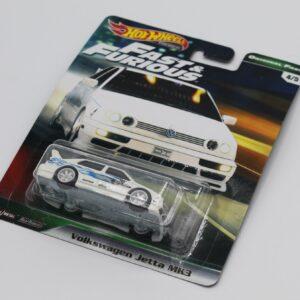Description
The 1968 Volkswagen Type 2 Bus, commonly known as the “VW Bus” or “Microbus,” is a iconic vehicle produced by Volkswagen from 1950 to 1967 as part of the second generation of the Type 2 series. It is often referred to as the “Bay Window” bus due to its large, rounded windshield that replaced the split windshield of the earlier T1 models.
The 1968 VW Type 2 Bus featured a distinctive and recognizable design, with its boxy shape, rounded edges, and large windows. It had a rear-engine, rear-wheel-drive layout, and was powered by an air-cooled, horizontally-opposed four-cylinder engine. The Type 2 Bus was known for its practicality, versatility, and unique styling, making it a popular choice for families, hippies, and adventurers alike.
The 1968 model year marked several updates and improvements for the Type 2 Bus. It featured a new, larger engine with increased horsepower, improved brakes, and revised suspension for better handling. It also received updated interior features, such as a redesigned dashboard, improved seating, and updated trim options. The 1968 VW Type 2 Bus was available in various configurations, including a standard bus with seating for up to nine passengers, a camper van with a pop-top roof for camping, and a pick-up truck variant.
The VW Type 2 Bus gained popularity for its versatility, practicality, and distinctive style. It was used for a wide range of purposes, from family transportation to camping adventures to commercial use. It became an iconic symbol of the counterculture movement in the 1960s, and its association with the hippie culture and surf culture further increased its appeal. Today, the 1968 VW Type 2 Bus is considered a classic vehicle and is highly sought after by collectors and enthusiasts. Its unique design, historical significance, and cultural impact make it a notable part of automotive history.





